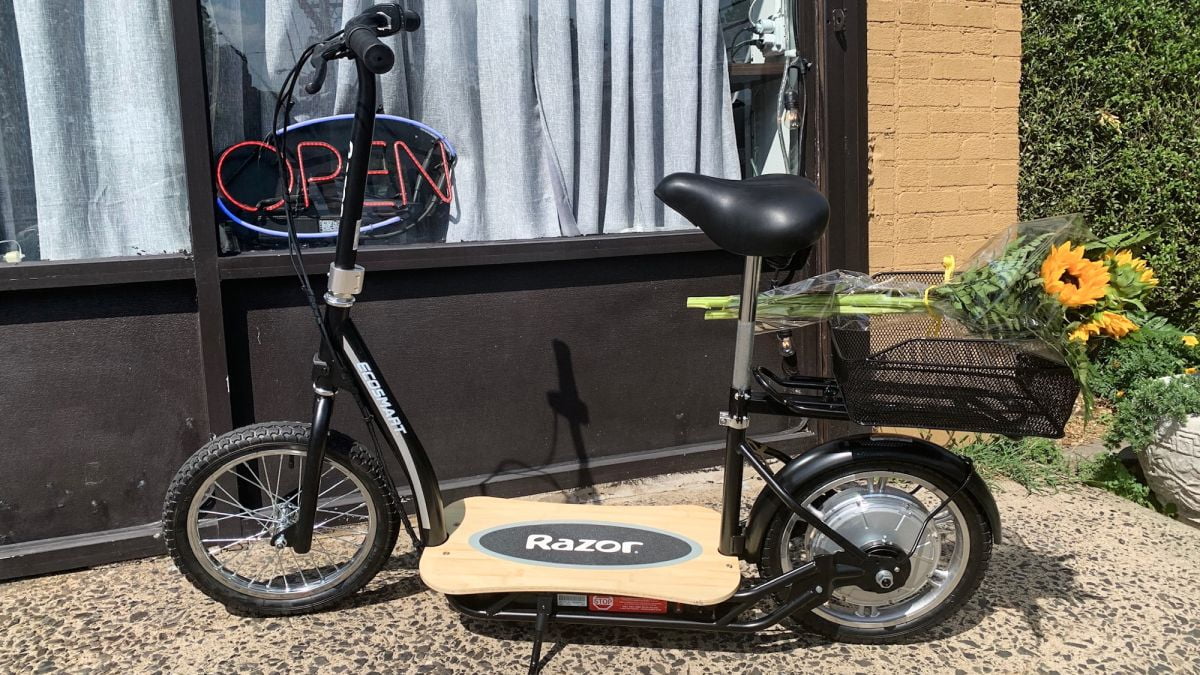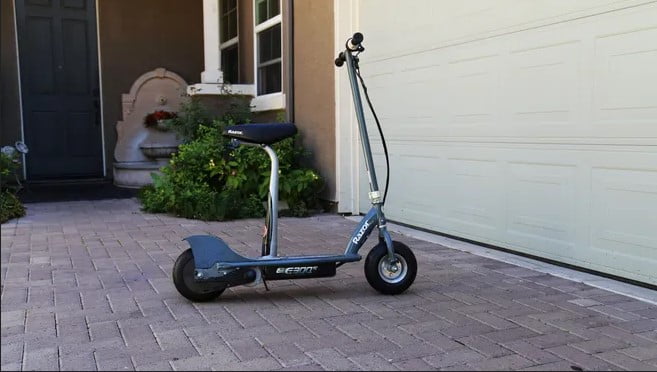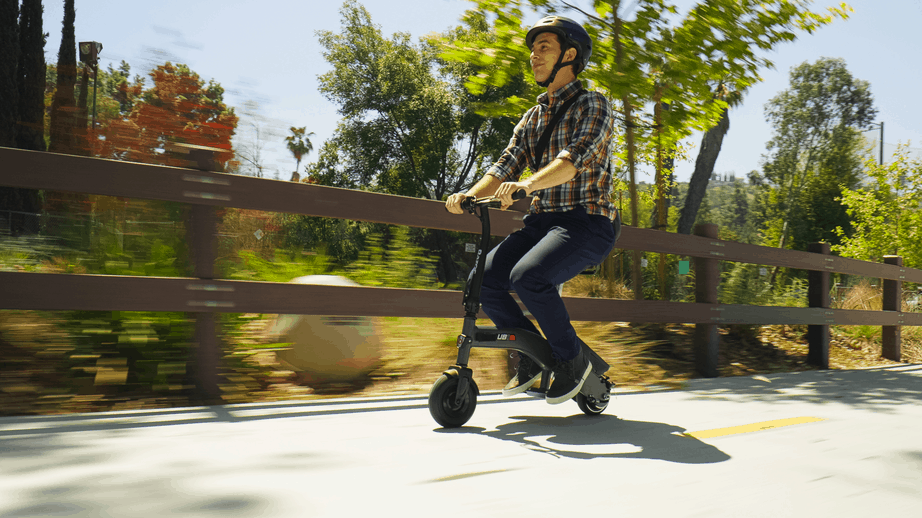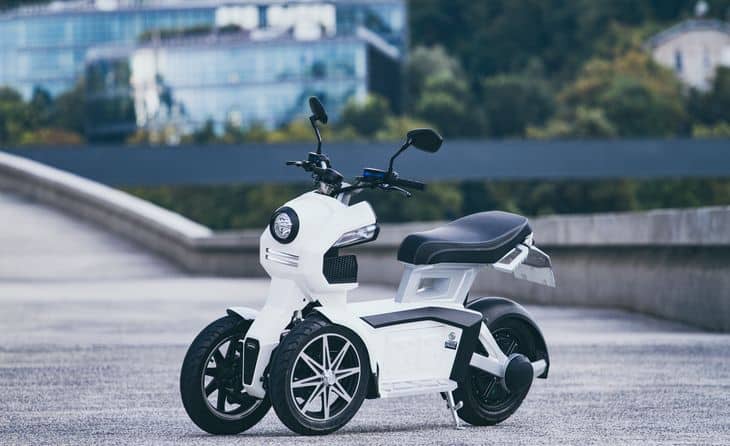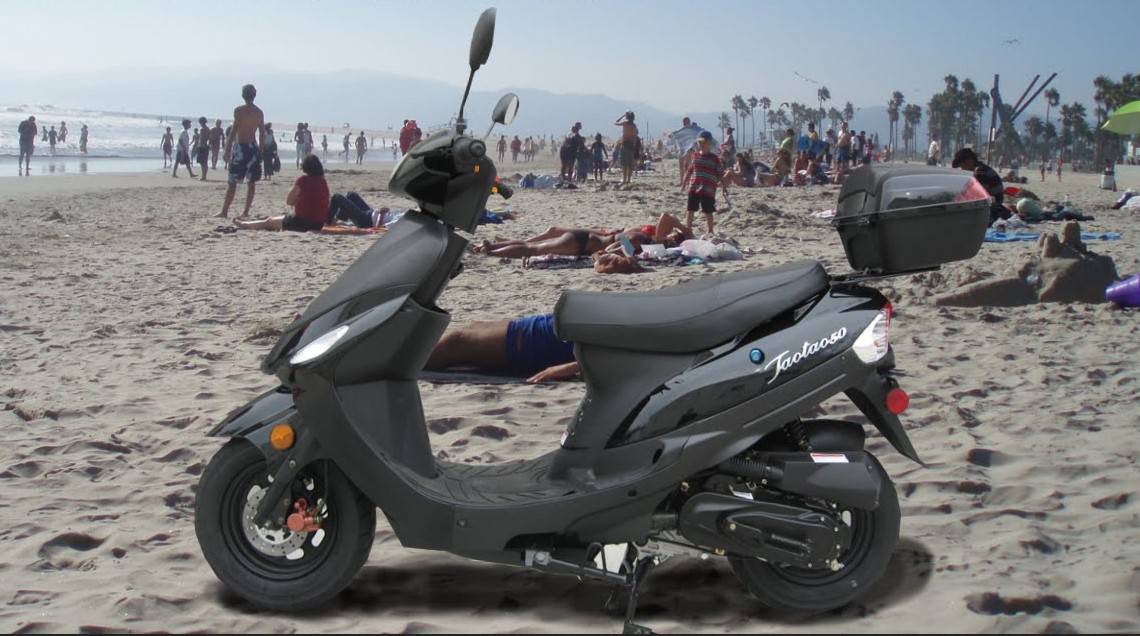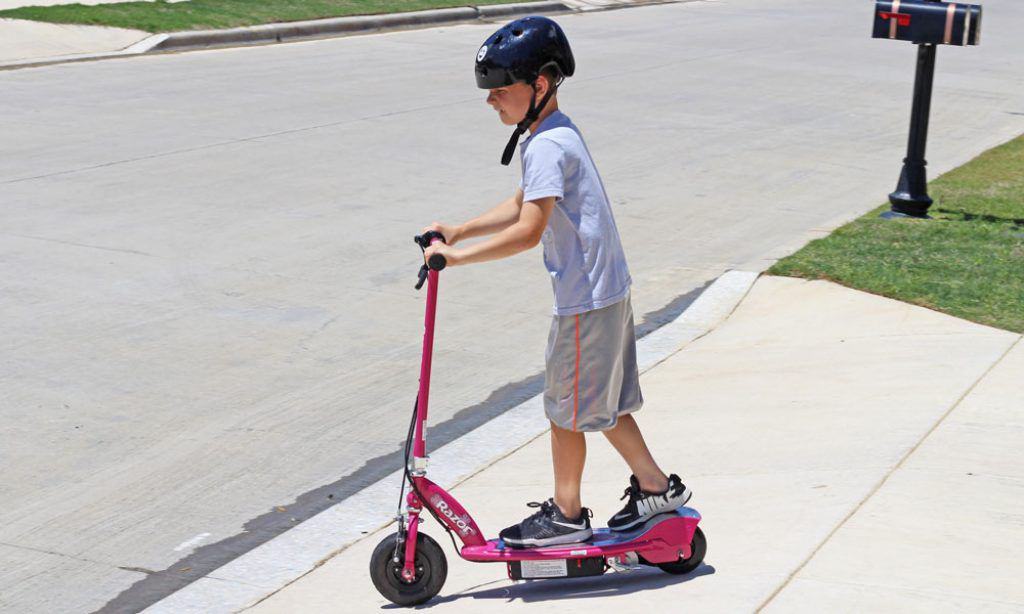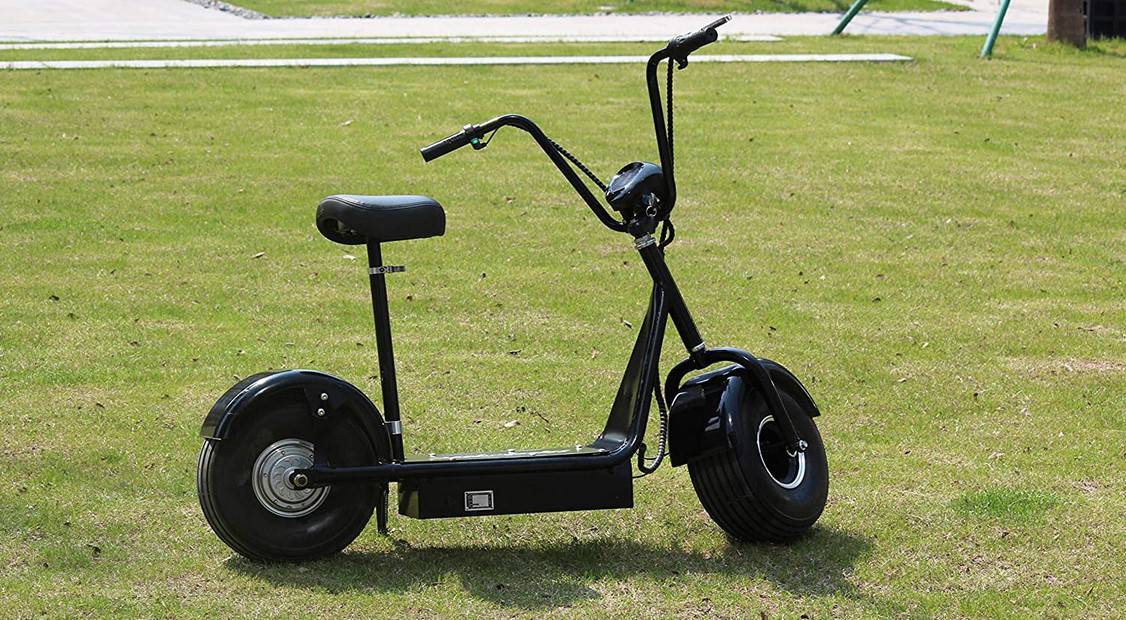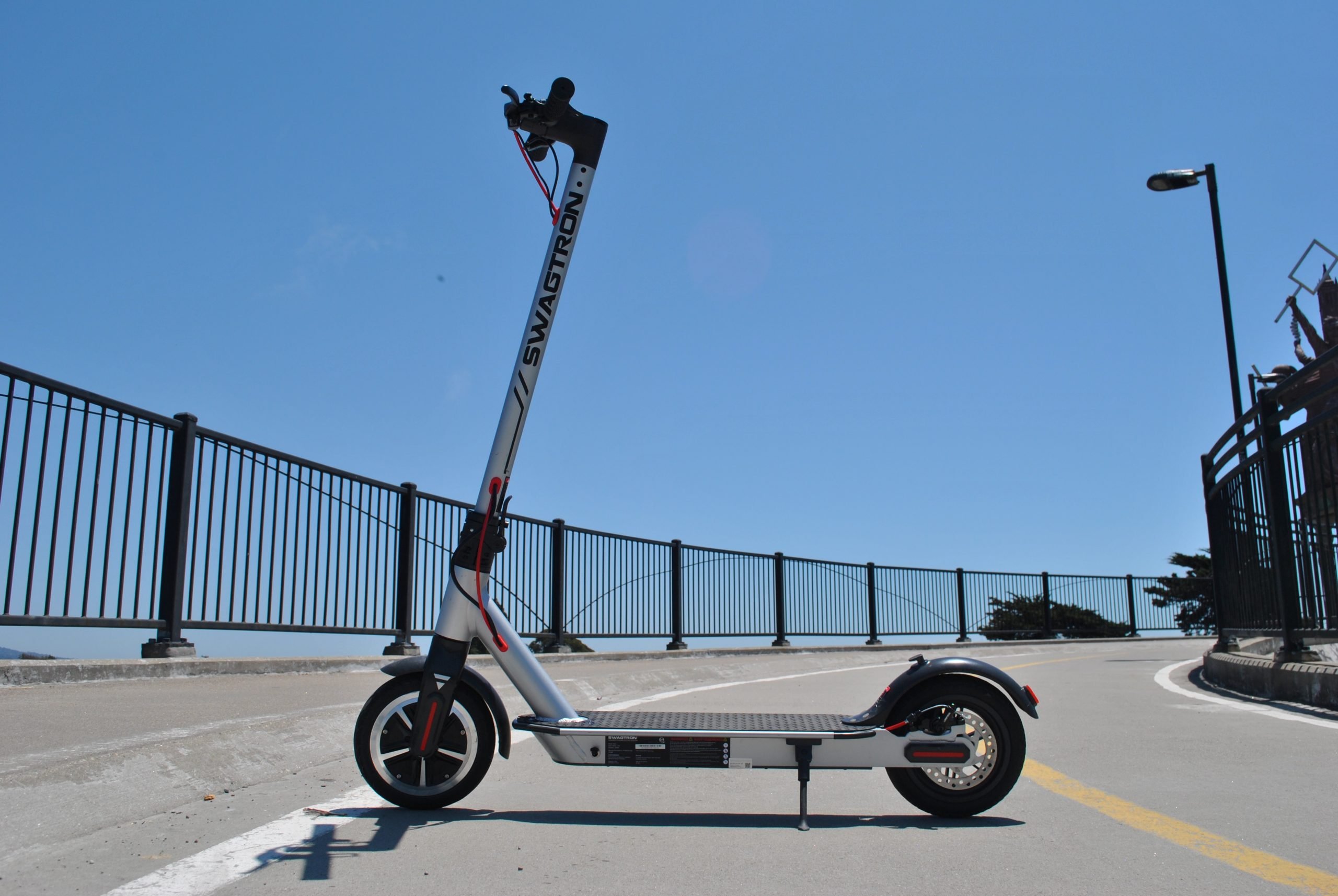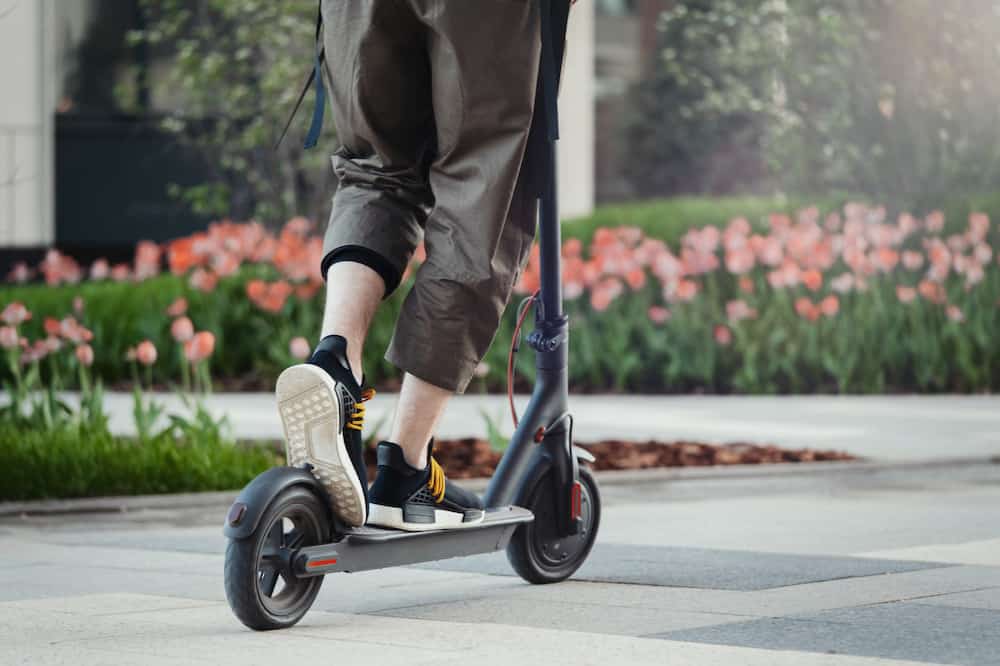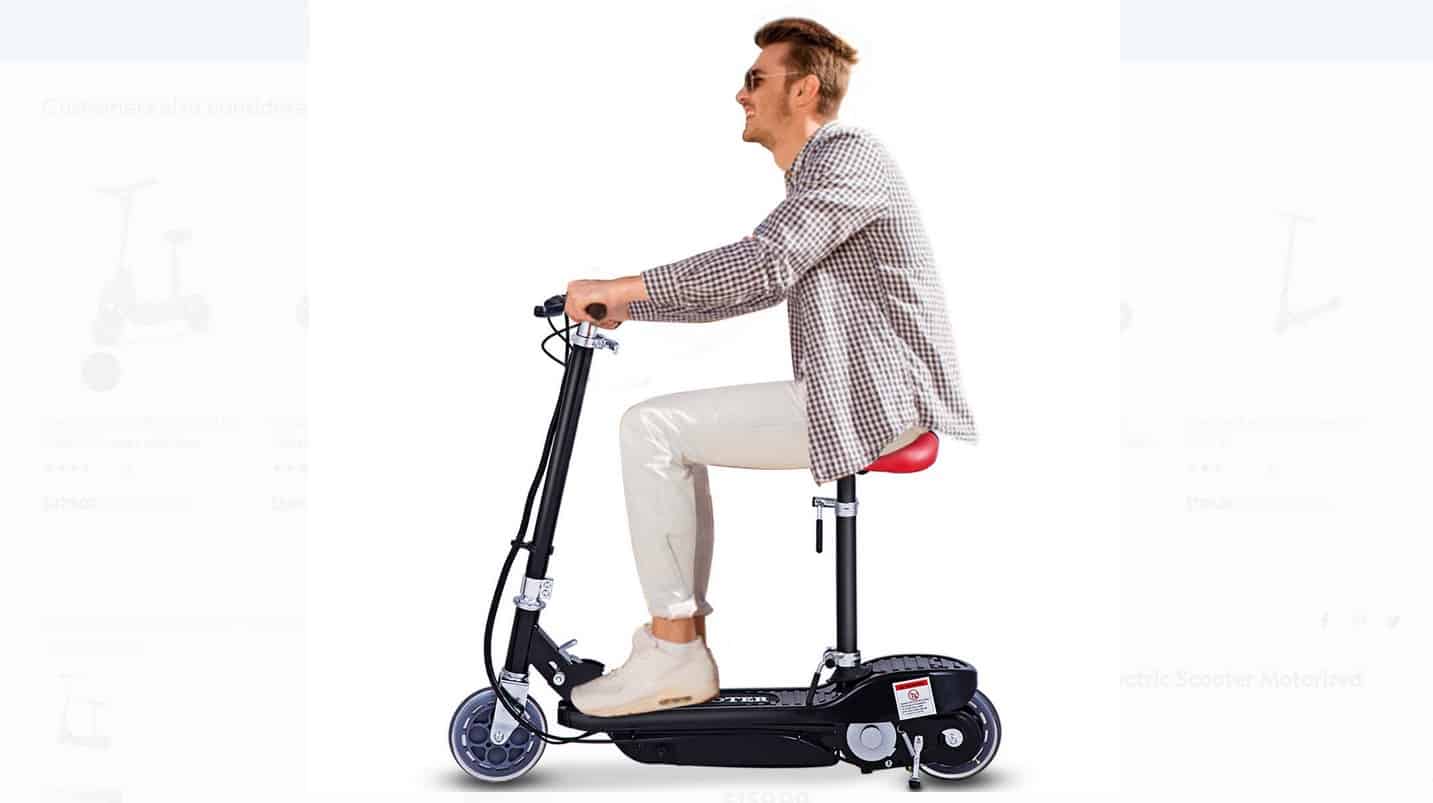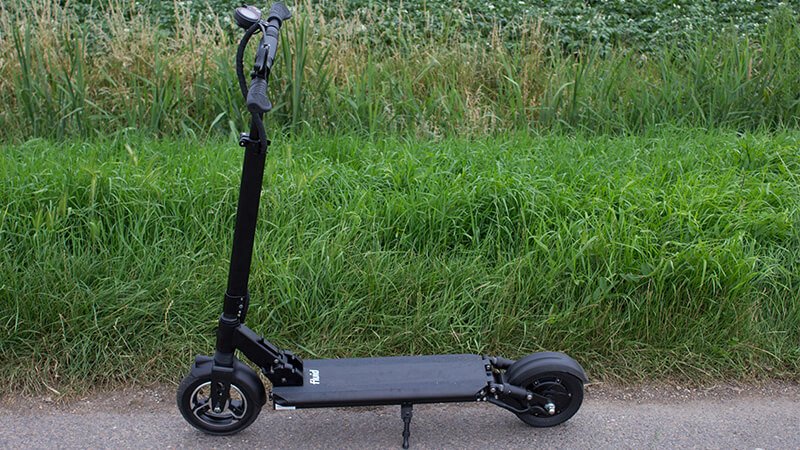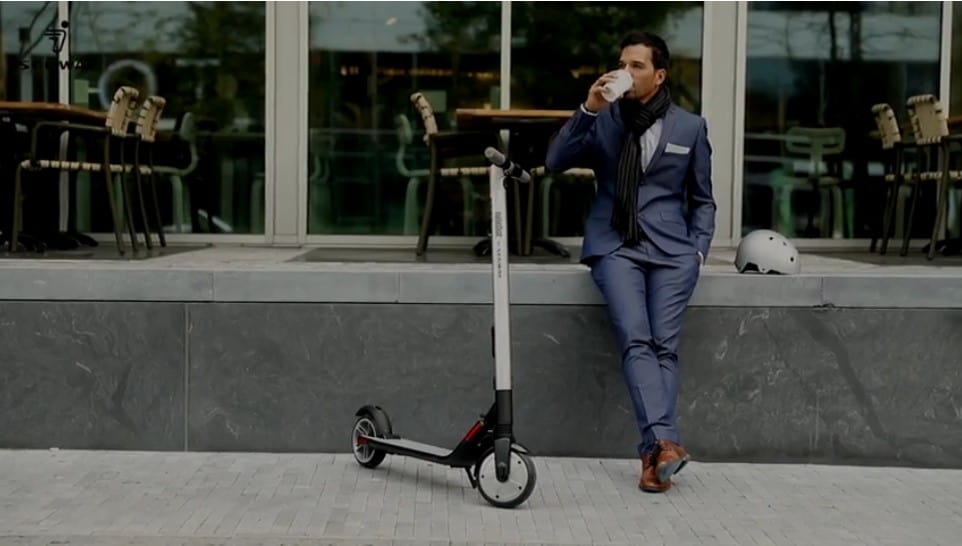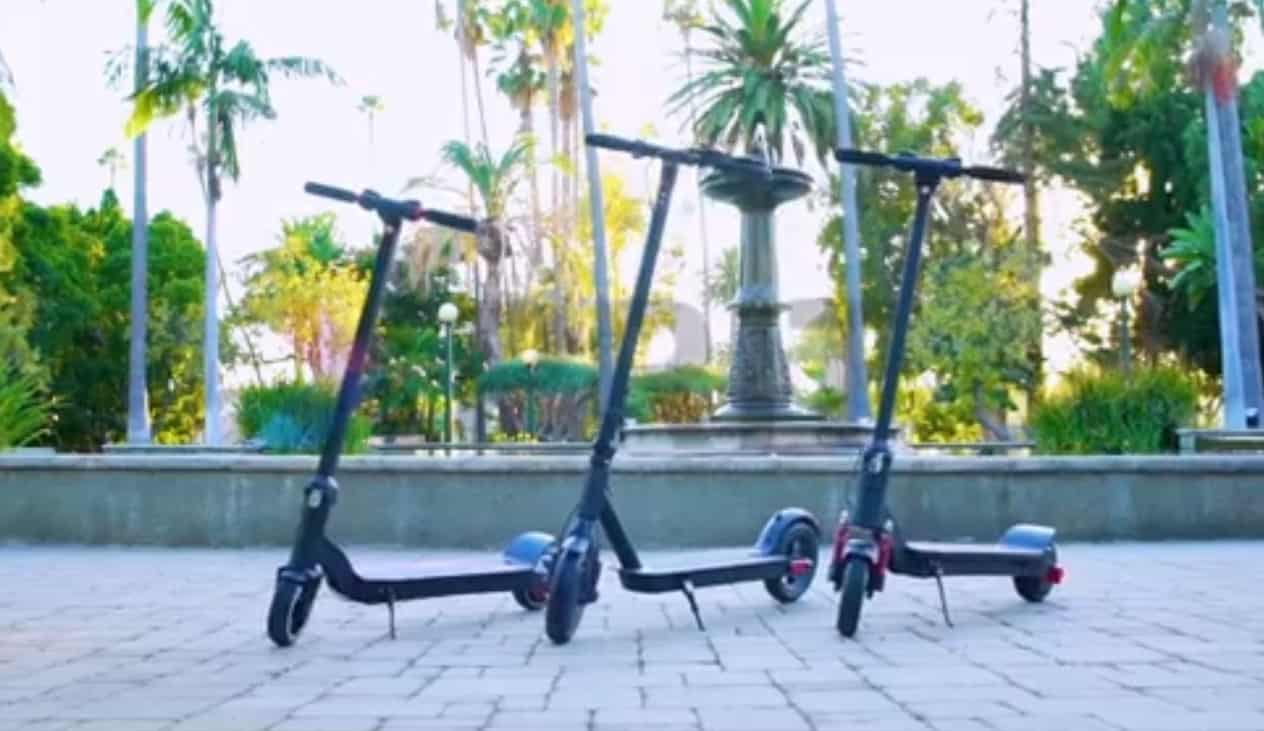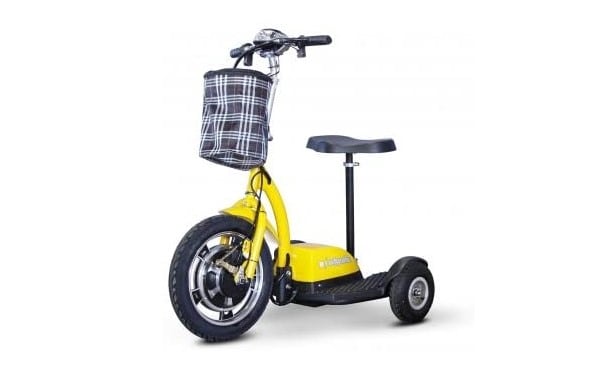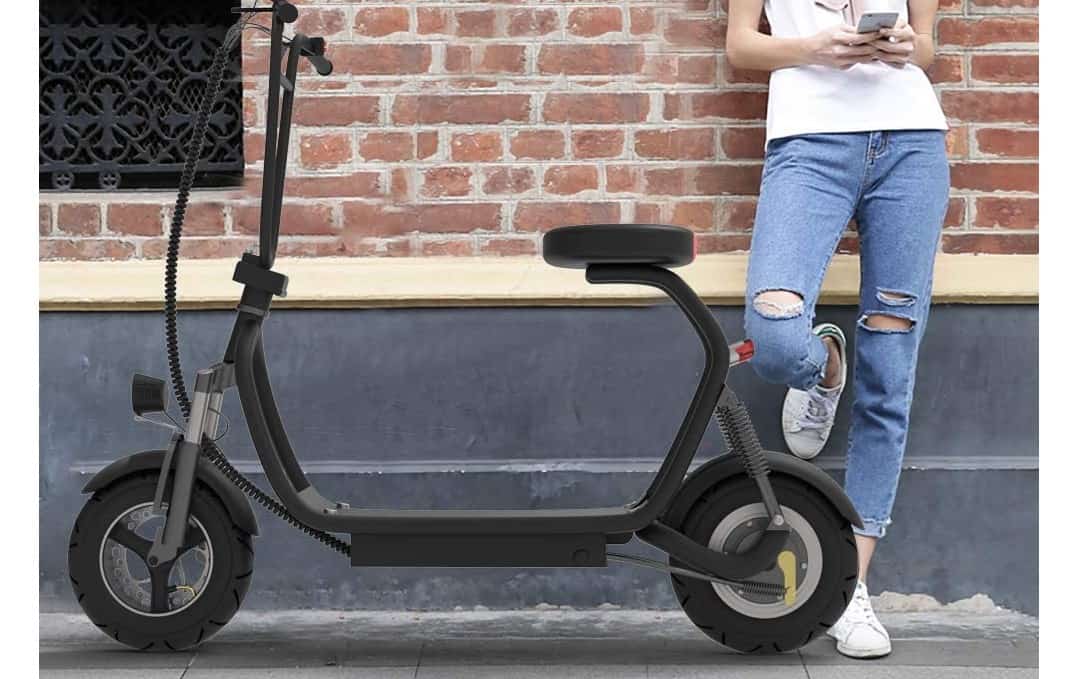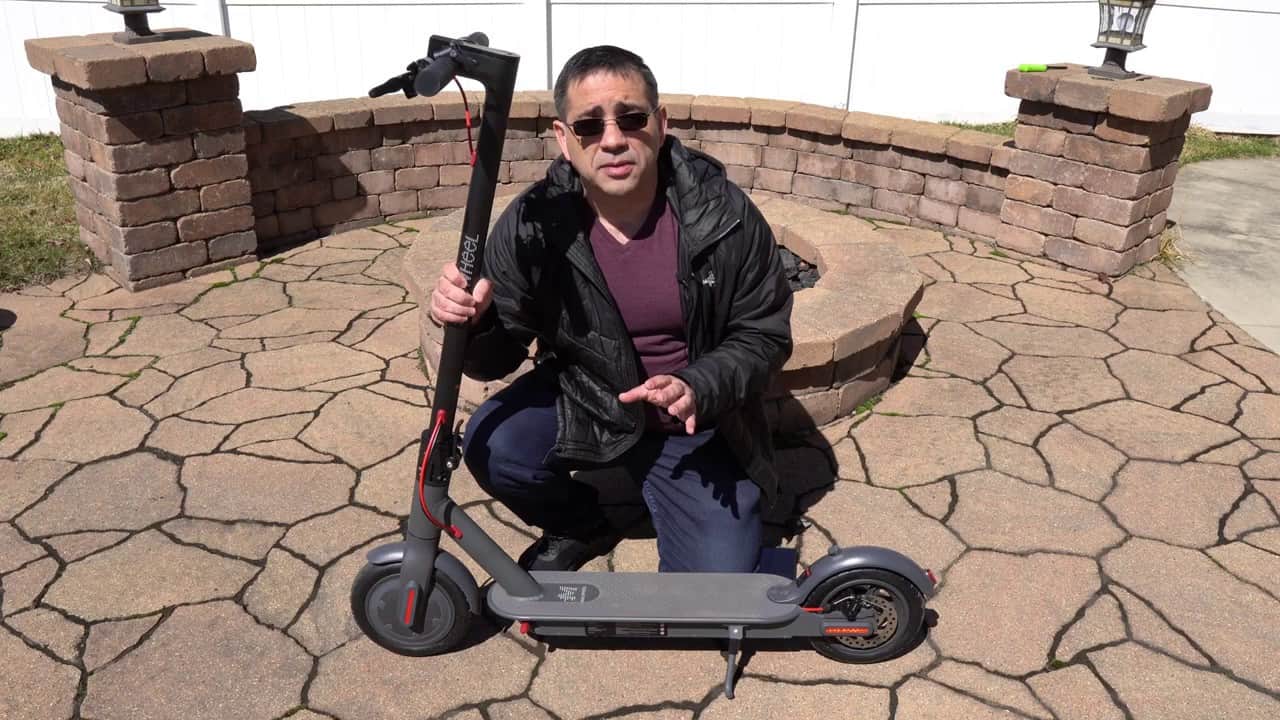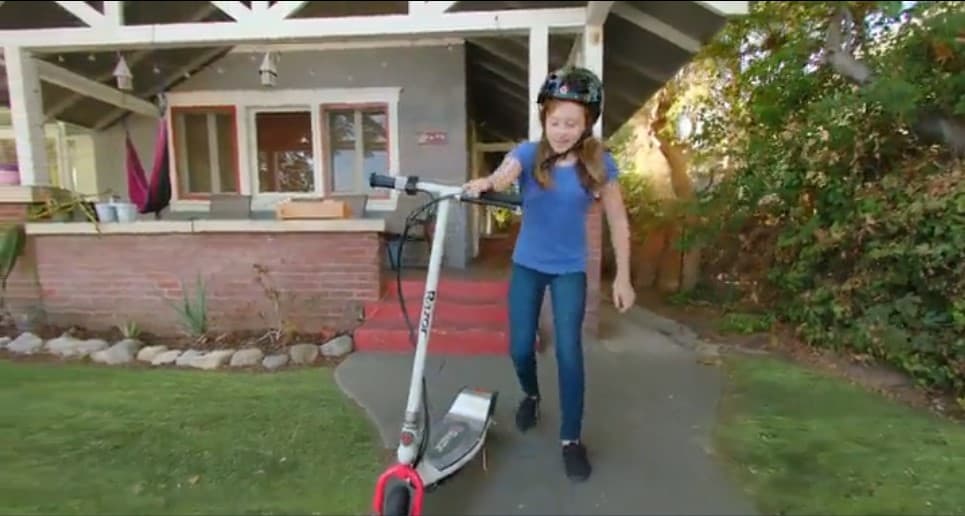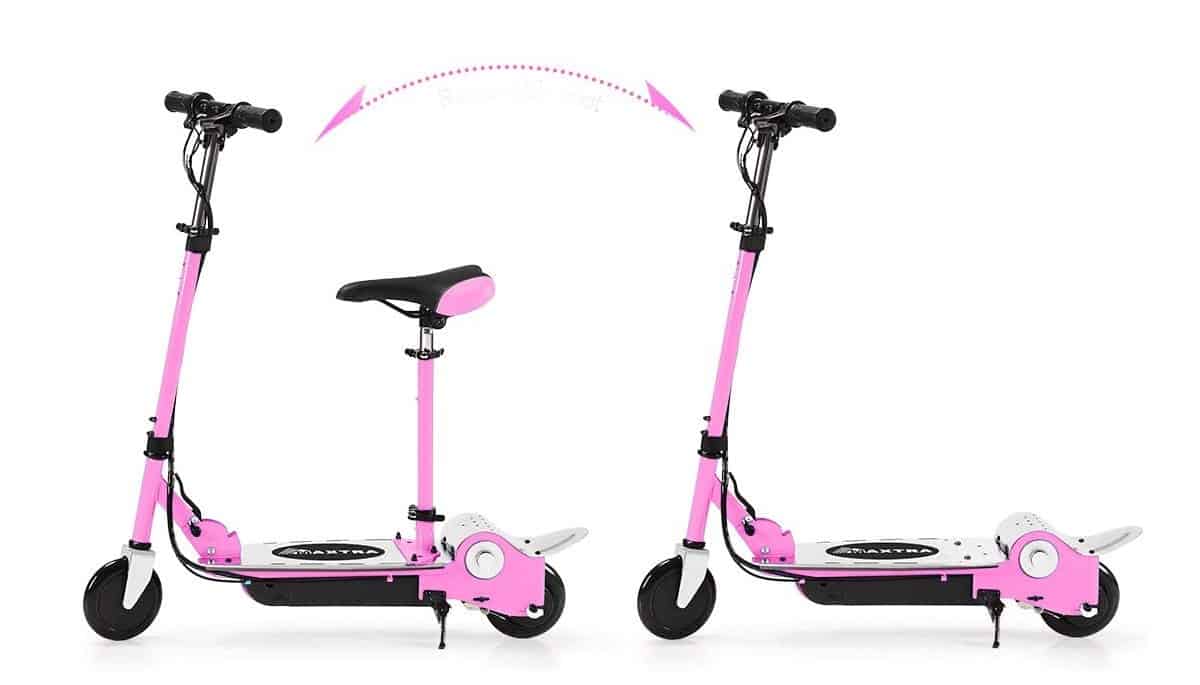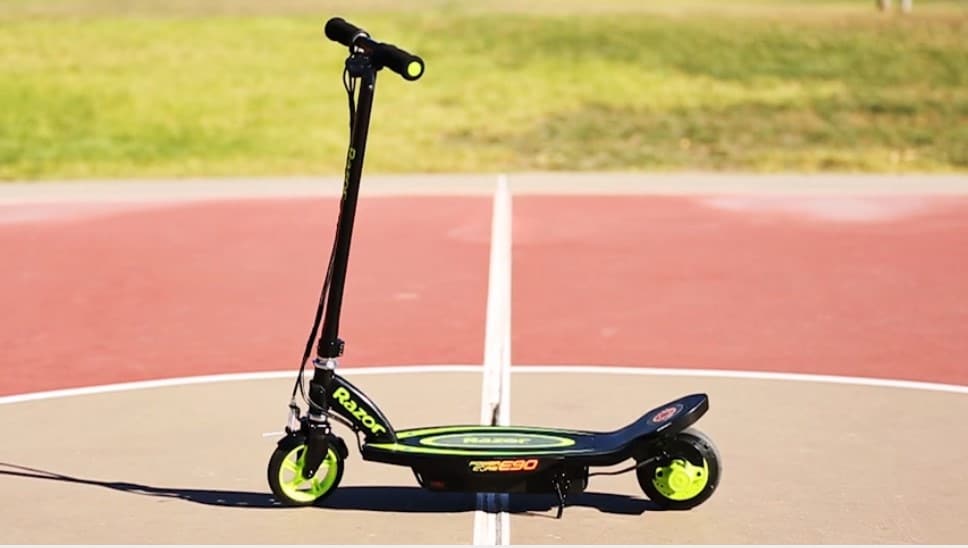Though electric scooters are a fun, practical, eco-friendly way to get around and are generally reliable, they do require a bit of upkeep and occasionally even repairs and can stop running at all without them. By far the most common issues with top electric scooters are battery-related, so it’s a great DIY skill to know how to fix an electric scooter battery if it’s not charging.
KEY TAKEAWAYS:
- Keep your battery at least 70% charged even in storage to maintain performance and ensure maximum battery life
- Make sure your scooter’s storage area doesn’t experience extreme temperatures, excess moisture or water, and doesn’t have pests that can potentially damage components
- Do not attempt to modify or overcharge your battery for longer life or better performance, as this can result in permanent damage both to the battery any other components
Most electric scooters run off an efficient, rechargeable lithium-ion battery pack and are capable of holding a good amount of charge per use, but they can be damaged or simply lower in performance with age, which can lead to them not holding a charge as long or sometimes not charging at all. Below we’ll run you through the steps to solve the latter problem. But if your scooter is not starting you’re better off learning how to disable the kill switch, which is probably the problem.
Troubleshooting battery issues
First, you’ll need to determine whether it’s the battery or the battery charger is that is malfunctioning by taking the following steps:
- The battery pack should have a way to check its charge history- look to see how long it’s been since the last full charge. The battery needs to be charged after each use or failing that, for every 30 days it is not being used. If it hasn’t been charged for more than 6 months, the battery may be damaged and may need to be replaced.
- Test the battery charger first by plugging the charger into your scooter and a power outlet. An indicator light should be lit or blinking if the charger is still operational. If it’s not and you have a multimeter, test its output voltage- if it’s at zero or below, the charger is no longer functional.
- If the charger is operational, inspect the scooter and all its components for signs of damage, including unusual smells or other signs of electrical fire or water damage. Excessive use or overcharging of a scooter can cause component damage and even cause them to burn and/or melt.
- Inspect the battery leaks- excessive use and overcharging can create battery leaks as well.
- Inspect the area where your scooter is stored for any possible hazards including extreme temperatures, damage by pests, and exposure to water or moisture.
- Finally, if you own or have access to another e-scooter, test both the battery and charger on it, to rule out other components for sure. You may need to fix the electric scooter throttle. Do not attempt this step unless you’re sure the battery and charger are fully compatible with the other scooter.
F.A.Q.
Are there any health risks associated with Razor batteries?
No more than any other lithium-ion e-scooter batteries, which is to say- very little, if the scooter is properly used and stored and no leaks occur, which again is very unlikely given their non-spillable, securely sealed design. Of course, direct contact with battery acid of any kind can cause burns, but that scenario is, again, unlikely to occur.
How can you improve the life of your e-scooter battery?
Make sure that the battery is always charged above 10% capacity -preferably a minimum of 70%- and never go more than 30 days without charging the battery, even if it’s in storage. Additionally, make sure the scooter is stored in a dry, pest-free space and is not exposed to extreme temperatures- and be careful never to overcharge the battery. Following these guidelines will significantly increase the life and performance of your battery.
Why isn’t my battery holding a charge as long as it should?
Three common reasons this occurs is an aging battery- proper care and usage of the scooter should result in three or so years of good battery performance before the need for a replacement. Charging your battery regularly and never letting it lose charge completely, and not running on flat or underinflated tires (which makes the battery consume more power to compensate) will also ensure top performance and longer life.
Can my e-scooter’s battery be customized or modified for longer life?
E-scooter batteries and chargers are not designed to be modifiable and attempting to do so can damage or destroy your battery or other components, thus it is strongly recommended not to attempt any modifications- it would also void any warranties offered on the scooter or its components. Similarly, overcharging- which is not even possible on many batteries- can also ruin your battery and potentially damage other components.
STAT: Failing to charge an e-scooter battery for more than 6 months can easily permanently damage its ability to hold a charge at all (source)
REFERENCES:
- https://www.electricscooters.com/electric-scooter-battery-doesnt-charge-know/
- https://electricscootercritic.com/electric-scooter-not-charging/
- https://ecorecoscooter.com/pages/troubleshootingr
- https://scootertalk.org/how-to-fix-an-electric-scooter/
- https://hiboy.com/blogs/news/repair-an-electric-scooter-e-scooter-repair-tips















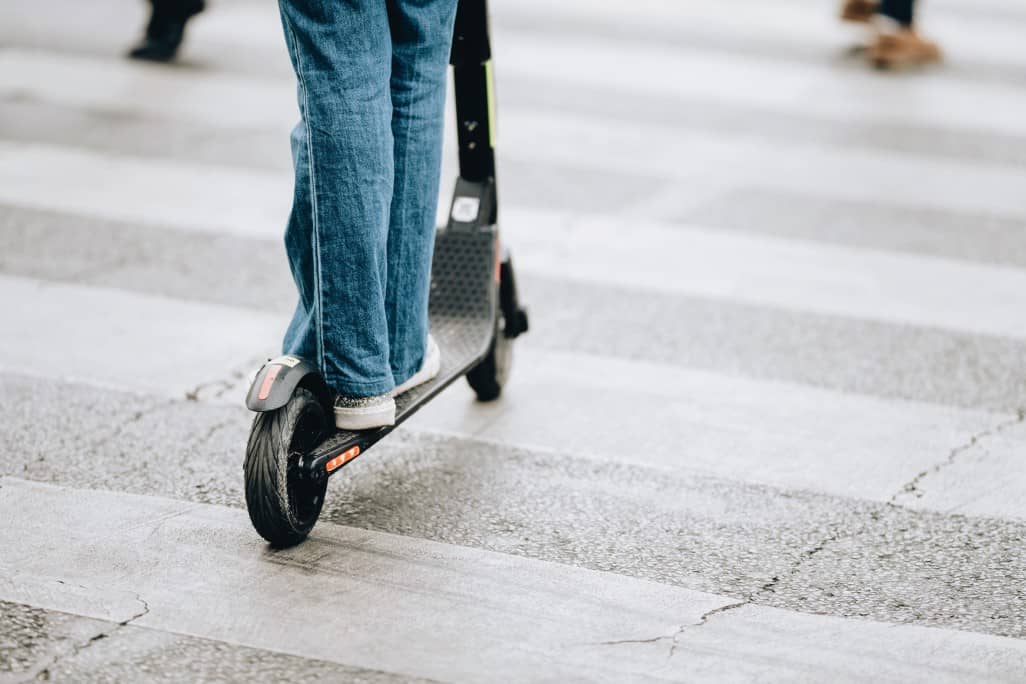
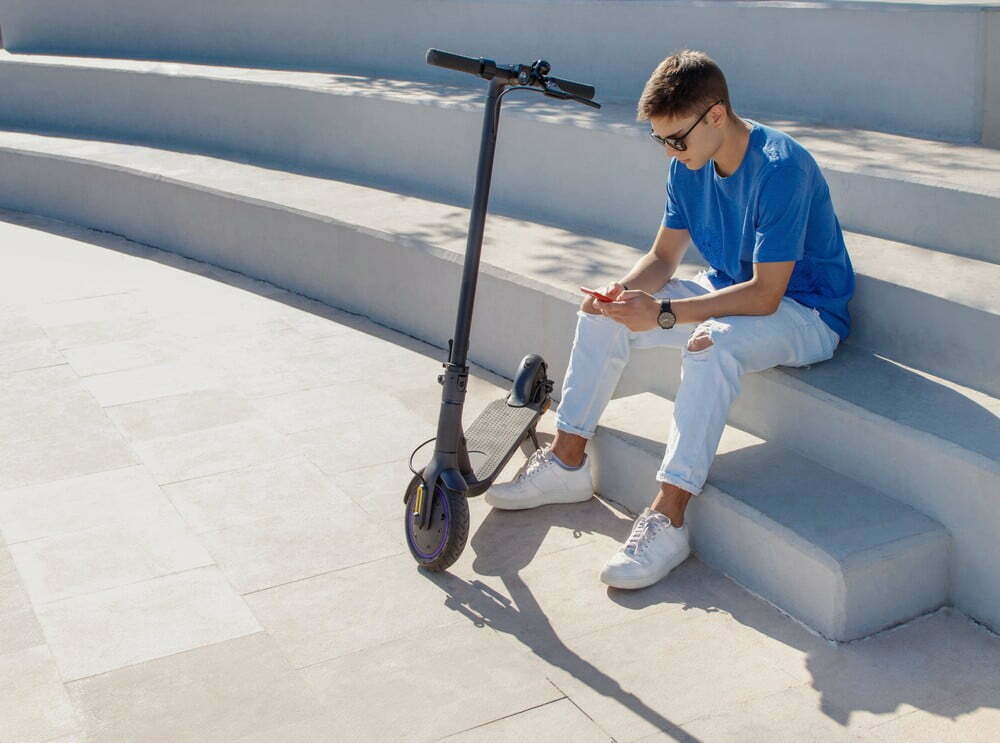

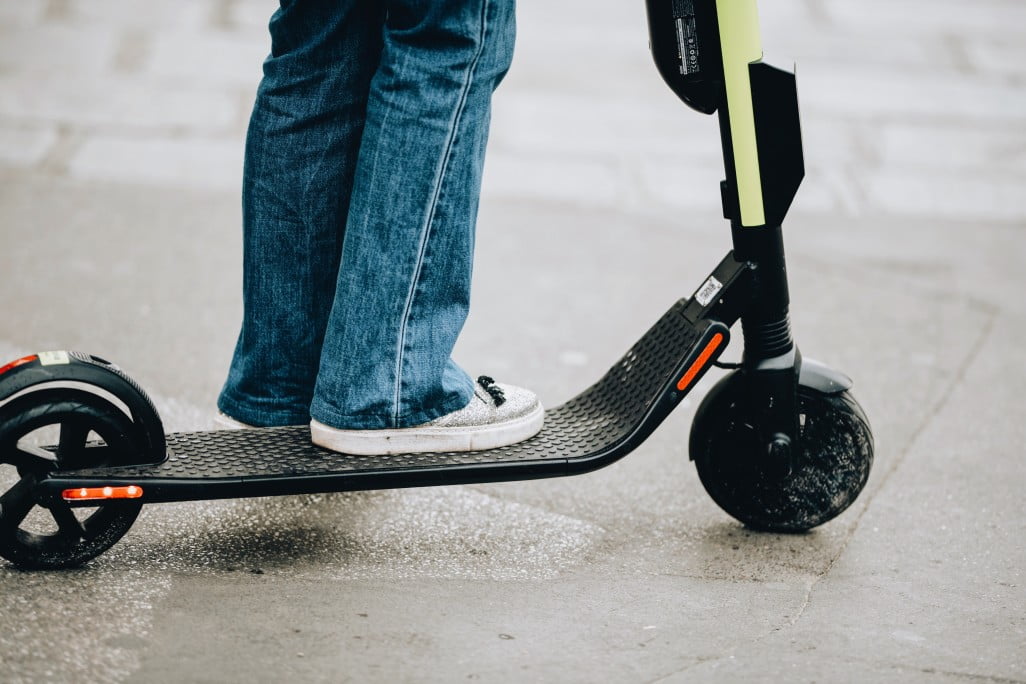
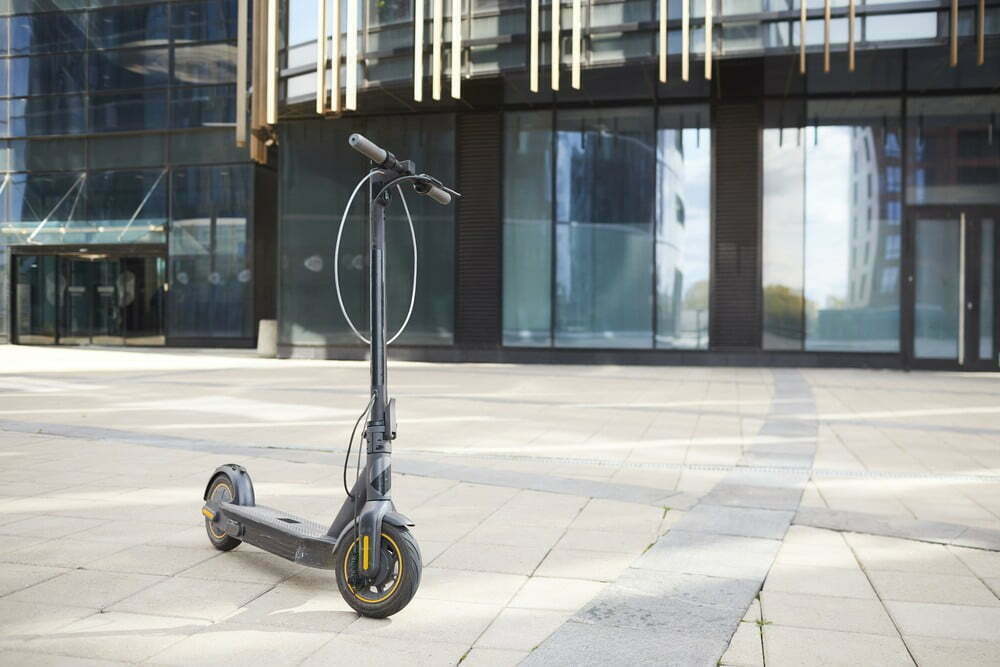
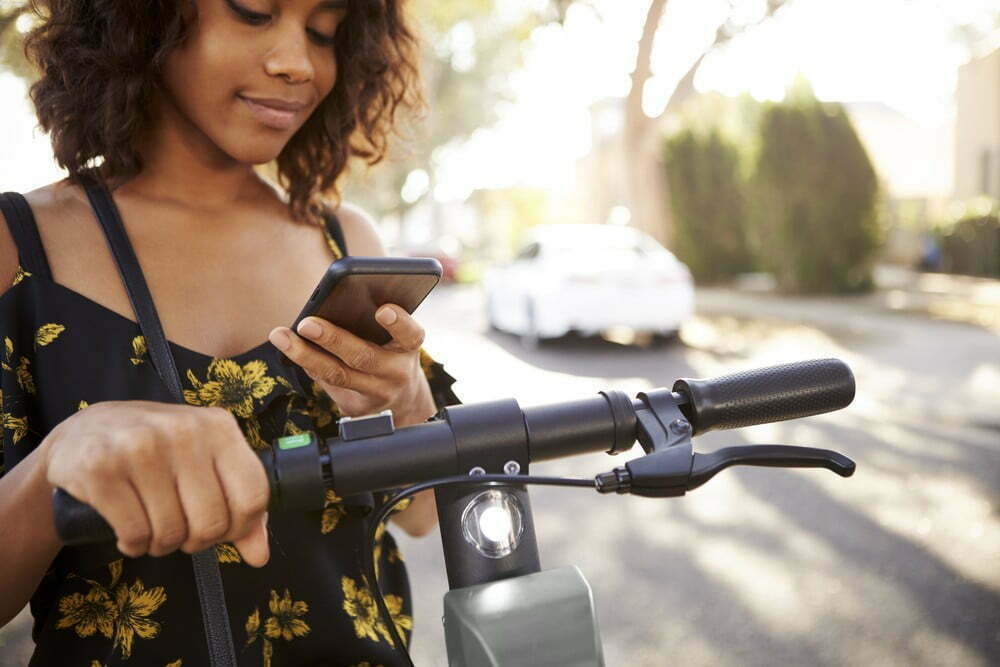



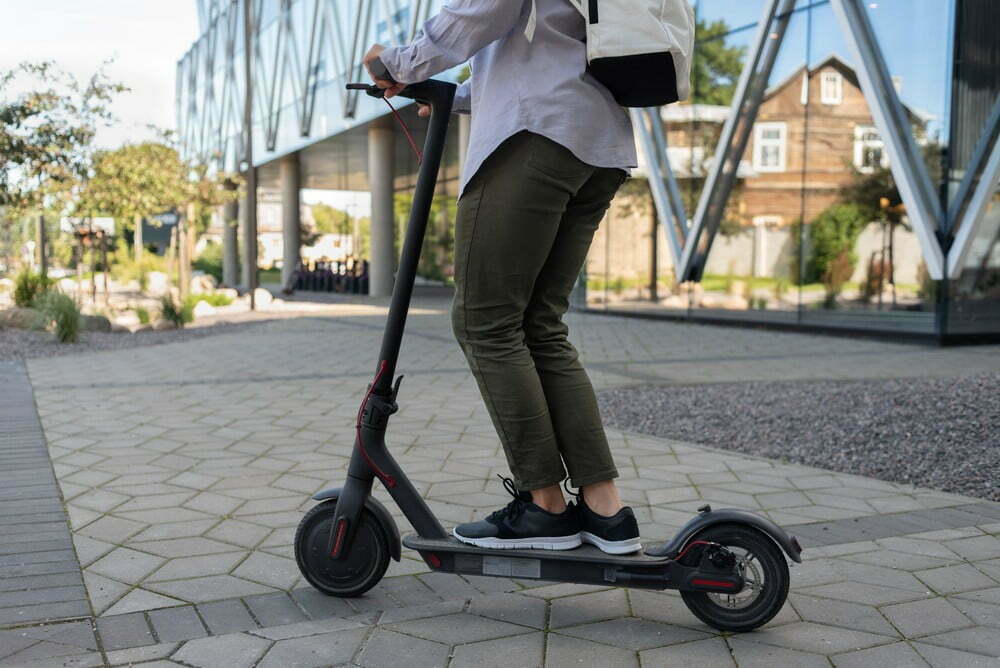
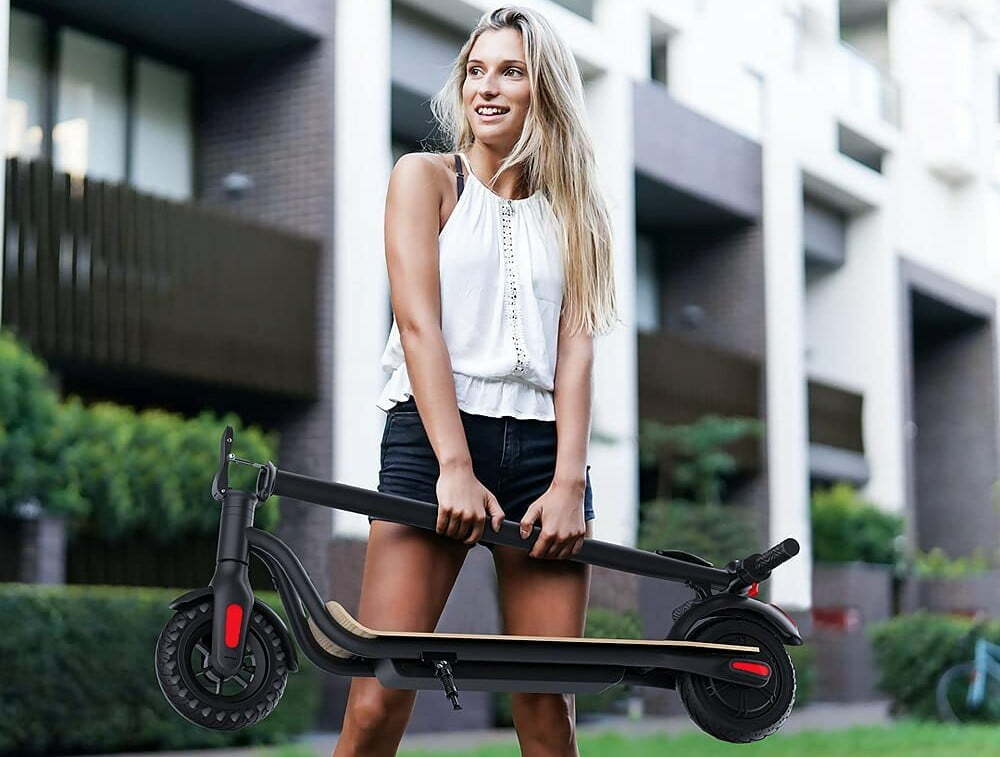
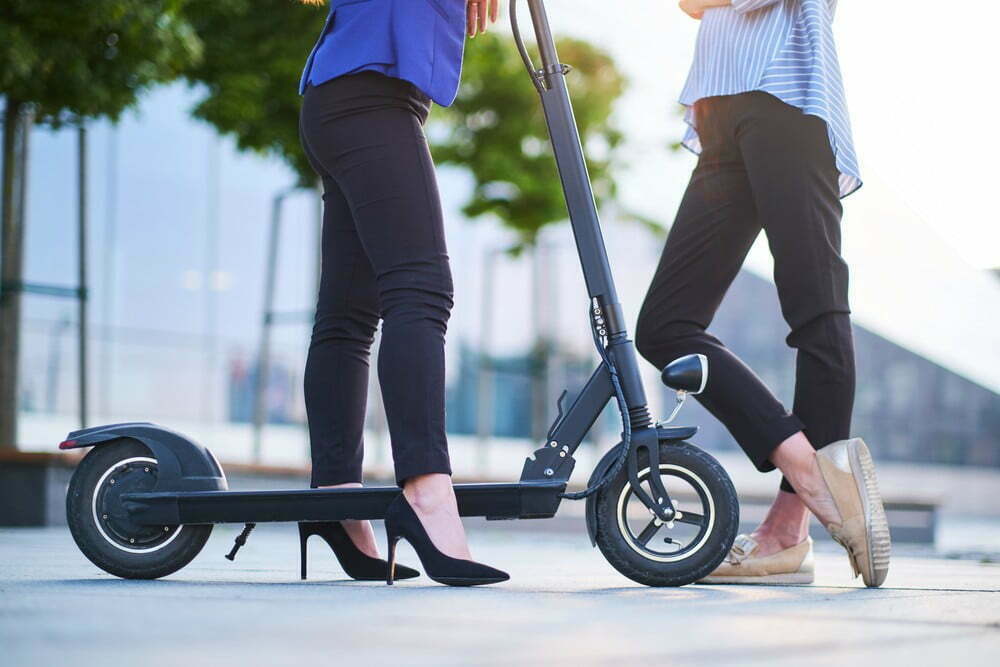
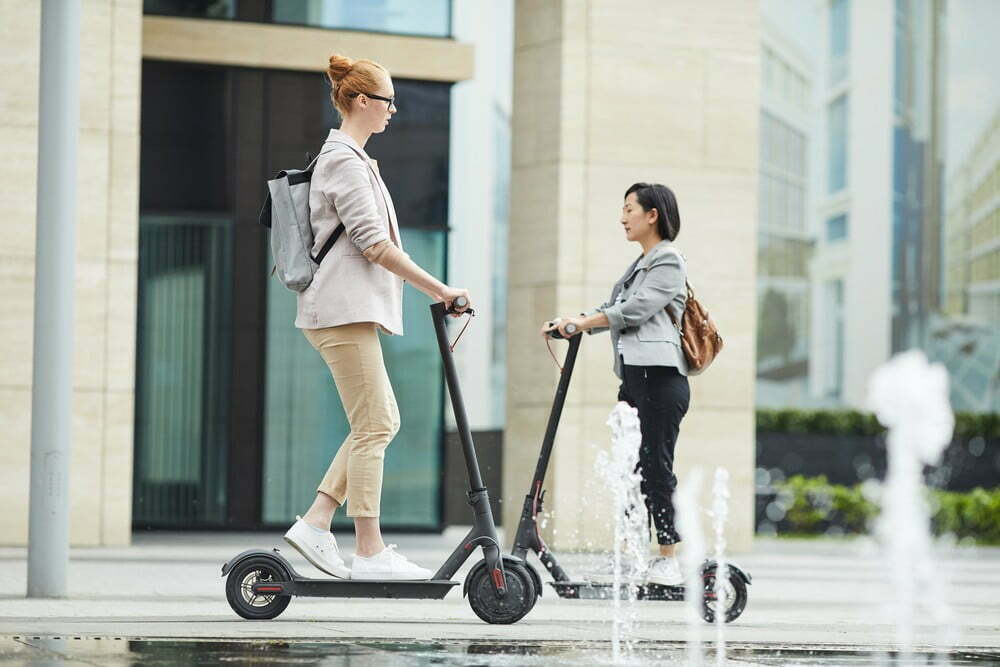
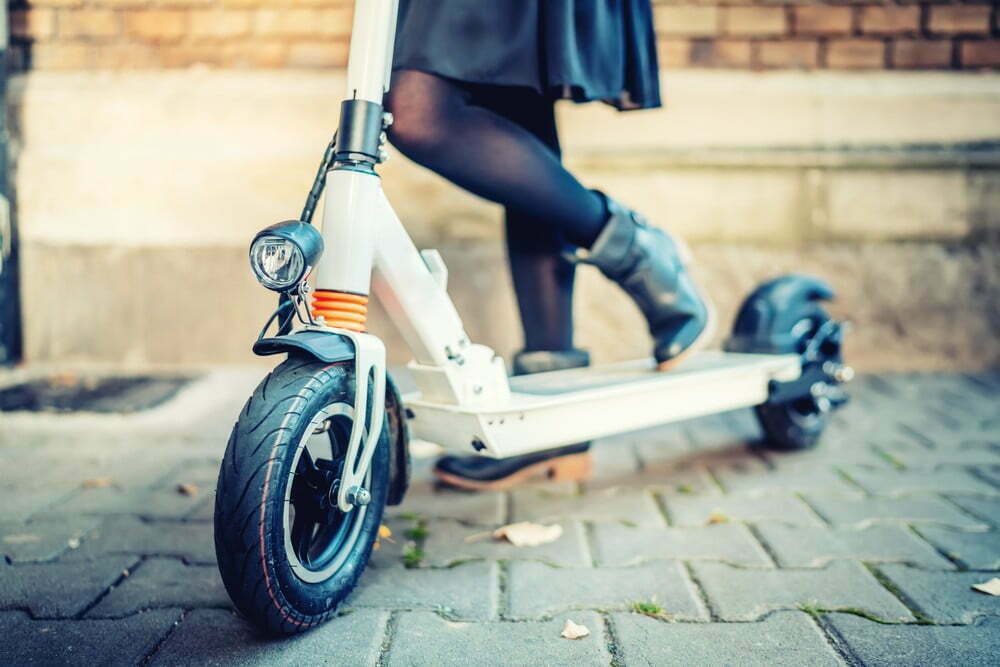
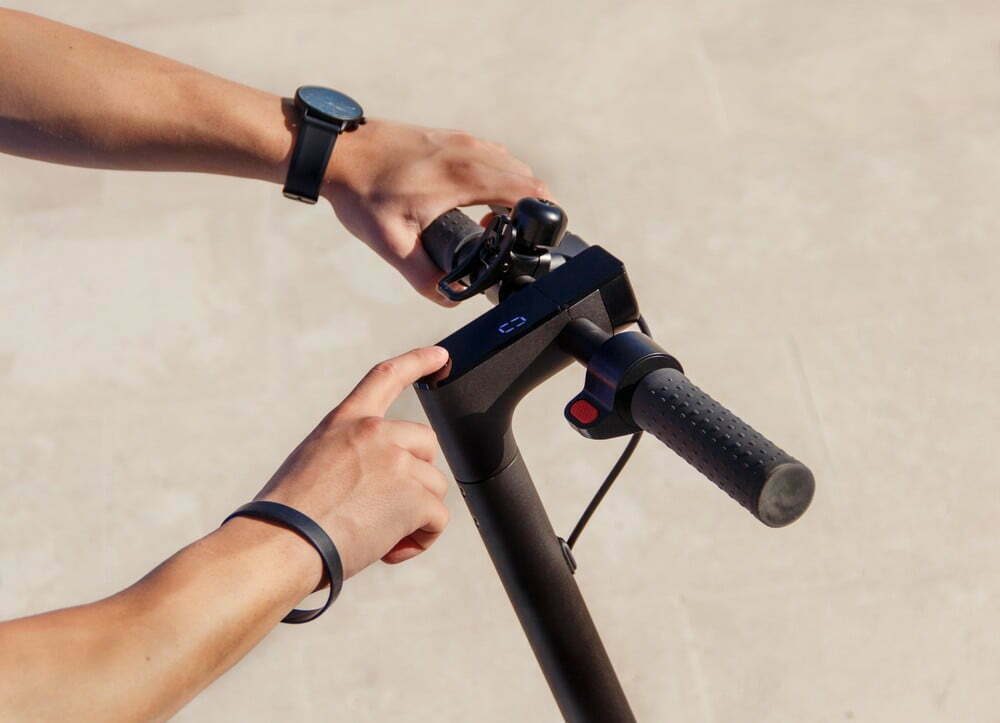
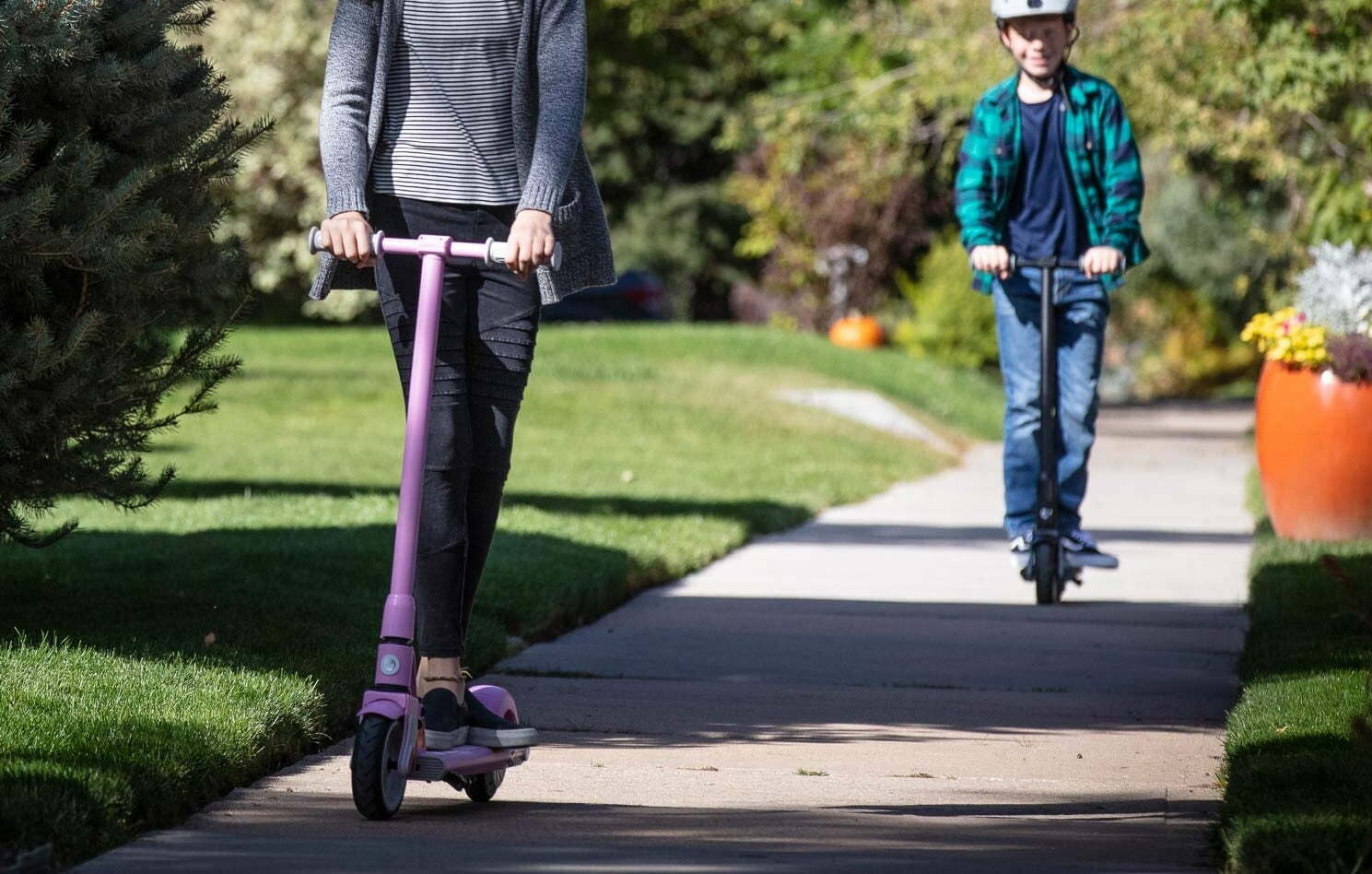
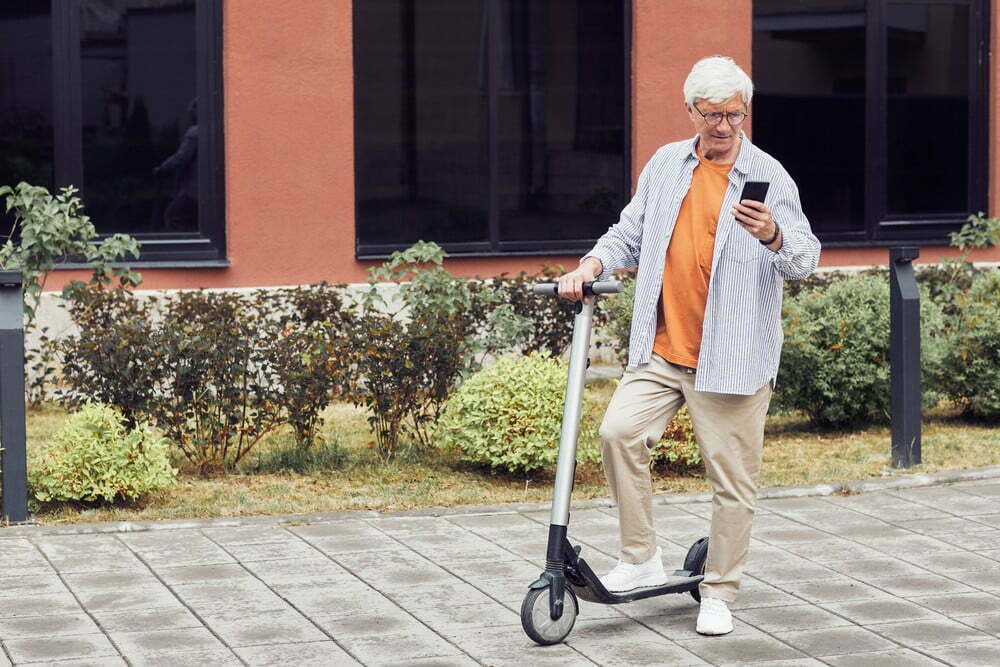

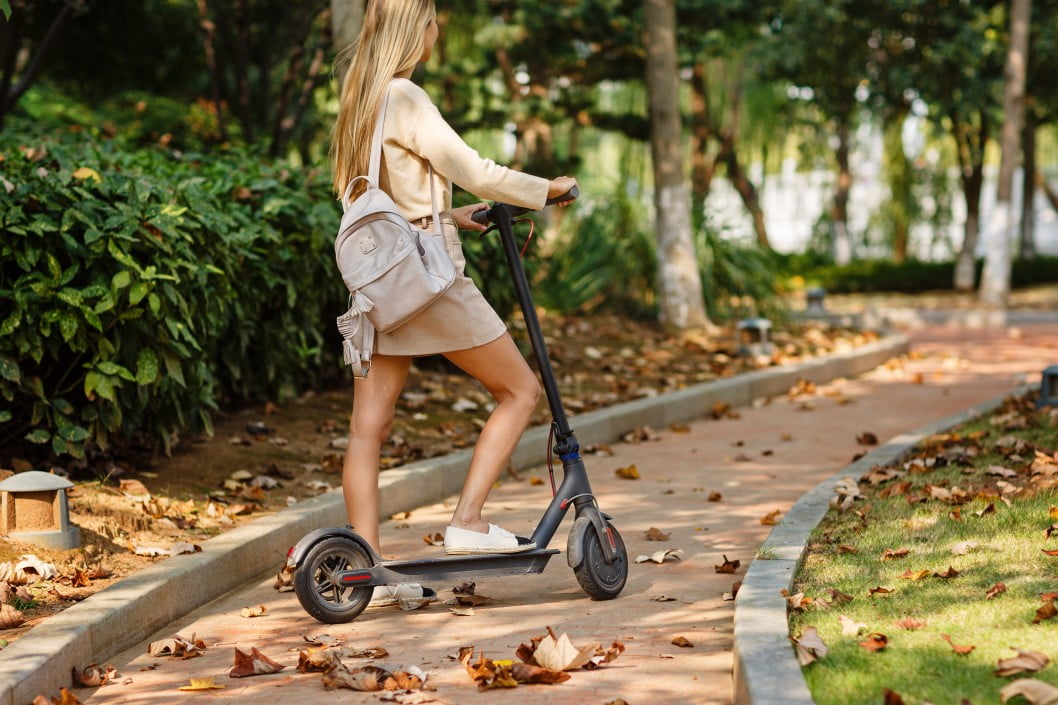
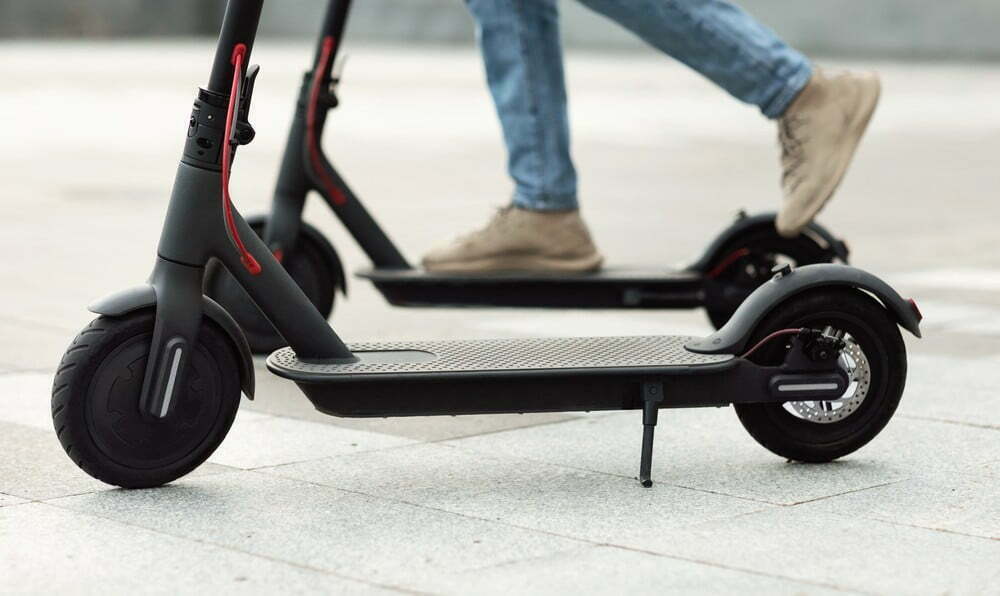
![Best Waterproof Electric Scooters in [year] 27 Best Waterproof Electric Scooters in 2025](https://www.gadgetreview.dev/wp-content/uploads/best-waterproof-electric-scooter-image.jpg)
![Fastest Electric Scooters for Adults in [year] 28 Fastest Electric Scooters for Adults in 2025](https://www.gadgetreview.dev/wp-content/uploads/fastest-electric-scooter-for-adults-image.jpg)
![Best Dual Motor Electric Scooters in [year] 29 Best Dual Motor Electric Scooters in 2025](https://www.gadgetreview.dev/wp-content/uploads/best-dual-motor-electric-scooter-image.jpg)
![Best Electric Scooters with Suspensions in [year] 30 Best Electric Scooters with Suspensions in 2025](https://www.gadgetreview.dev/wp-content/uploads/best-electric-scooter-with-suspension-image.jpg)
![What Is the Lightest Electric Scooter in [year]? 31 What Is the Lightest Electric Scooter in 2025?](https://www.gadgetreview.dev/wp-content/uploads/what-is-the-lightest-electric-scooter-image.jpg)
![Best Electric Scooters for College Students in [year] 32 Best Electric Scooters for College Students in 2025](https://www.gadgetreview.dev/wp-content/uploads/best-electric-scooters-for-college-students-image.jpg)
![Best Gotrax Electric Scooters in [year] 33 Best Gotrax Electric Scooters in 2025](https://www.gadgetreview.dev/wp-content/uploads/best-gotrax-electric-scooters-image.jpg)
![Best Helmets for Electric Scooter in [year] 34 Best Helmets for Electric Scooter in 2025](https://www.gadgetreview.dev/wp-content/uploads/best-helmet-electric-scooter-image.jpg)
![Best Electric Scooter Gloves in [year] 35 Best Electric Scooter Gloves in 2025](https://www.gadgetreview.dev/wp-content/uploads/best-electric-scooter-gloves-image.jpg)
![Best Phone Holders for Electric Scooter in [year] 36 Best Phone Holders for Electric Scooter in 2025](https://www.gadgetreview.dev/wp-content/uploads/best-phone-holder-for-electric-scooter-image.jpg)
![Best Lights for Electric Scooter in [year] 37 Best Lights for Electric Scooter in 2025](https://www.gadgetreview.dev/wp-content/uploads/best-lights-for-electric-scooter-image.jpg)
![Best Electric Scooter Horns in [year] 38 Best Electric Scooter Horns in 2025](https://www.gadgetreview.dev/wp-content/uploads/best-electric-scooter-horn-image.jpg)
![Best Electric Scooter Knee Pads in [year] 39 Best Electric Scooter Knee Pads in 2025](https://www.gadgetreview.dev/wp-content/uploads/best-electric-scooter-knee-pads-image.jpg)
![Best Electric Scooter Elbow Pads in [year] 40 Best Electric Scooter Elbow Pads in 2025](https://www.gadgetreview.dev/wp-content/uploads/best-electric-scooter-elbow-pads-image.jpg)
![Best Long Range Electric Scooters in [year] 41 Best Long Range Electric Scooters in 2025](https://www.gadgetreview.dev/wp-content/uploads/best-long-range-electric-scooter.jpg)
![Best Electric Scooter in [year] ([month] Reviews) 42 Best Electric Scooter in 2025 (December Reviews)](https://www.gadgetreview.dev/wp-content/uploads/best-electric-scooter-image.jpg)
![10 Best Folding Electric Scooters in [year] 43 10 Best Folding Electric Scooters in 2025](https://www.gadgetreview.dev/wp-content/uploads/best-folding-electric-scooters.png)
![10 Best Off Road Electric Scooters in [year] 44 10 Best Off Road Electric Scooters in 2025](https://www.gadgetreview.dev/wp-content/uploads/best-offroad-electric-scooter.jpg)
![10 Best Electric Scooters With Seat in [year] 45 10 Best Electric Scooters With Seat in 2025](https://www.gadgetreview.dev/wp-content/uploads/best-electric-scooters-with-seat.jpg)
